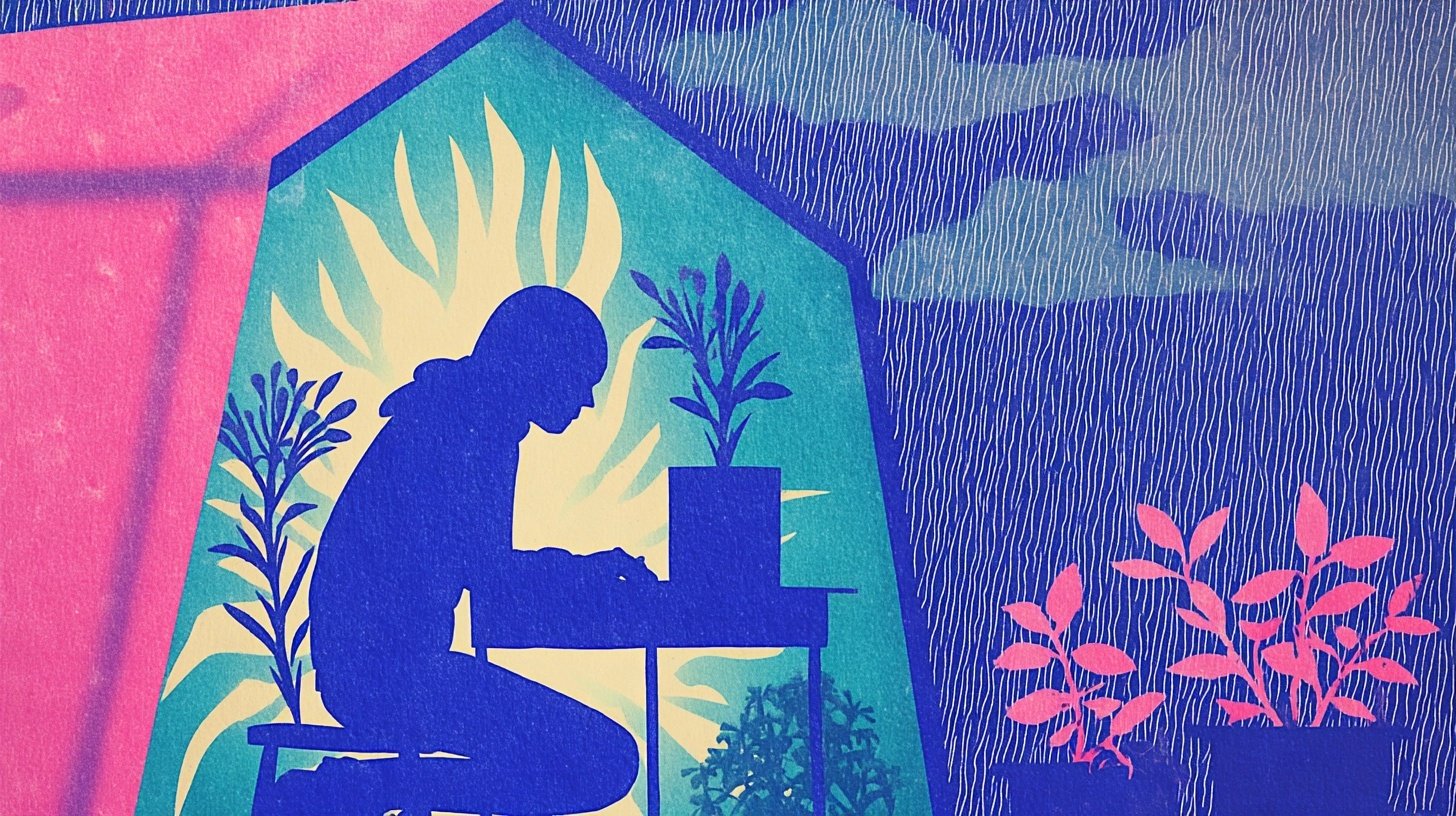☔️ How to shield teams from Chaos and Burnout.
Every creative has been there.
Buried in a landslide of competing feedback.
Juggling deadlines that move faster than the brief.
Crushed under the weight of “one last thing” creeping into the scope.
We all hit that wall eventually. The difference isn’t whether burnout happens—it’s whether anyone notices. And whether someone protects you from it.
In a thriving creative ecosystem, that someone is the leader.
Not just the strategist, the presenter, or the motivator—but the shield.
Creative Leadership = Protection with Perspective
Here’s the unglamorous truth: Being a creative leader means managing the chaos without letting it poison the soil. You can’t stop last-minute requests. You can’t banish shifting priorities. You can:
Filter out noise before it hits the team
Set clear boundaries with stakeholders
Push back on unrealistic asks
Translate business urgency into digestible, actionable steps for your team
In past roles, I’ve taken meetings without creatives present—so I could have frank conversations, negotiate breathing room, or clarify scope without demoralizing the team. I’ve advocated for extended timelines or MVP solutions when the ask exceeds the reality. I’ve rolled up my sleeves when we needed to make it work anyway.
Because leadership means knowing when to say no—and when to say “I’ve got you.”
Burnout Isn’t Always Loud—But It’s Always There
The best creative work comes from a place of safety, energy, and trust. Burnout strips all of that away.
I hold weekly 1:1s with my team—not just to check deadlines, but to check on them. You learn to spot the signs:
A shift in tone or motivation
Passive responses where there was once passion
Phoneing it in, with no creative lift
And then you ask:
What’s driving this? Is it monotony? Overwork? Personal life? Do they need a vacation? A new type of challenge? A walk around the block?
Sometimes, all it takes is:
Giving permission to take a real break
Shuffling the project load
Validating that yes, this job is a lot, and they’re doing great
You’d be amazed at what a three-day weekend or a fresh brief can do.
Protecting Creatives Means Protecting the Work
If you’re not shielding your team, you’re not leading them. Because even the most talented creatives will wilt under constant heat. Your job is to:
Let the sunlight in (vision)
Keep the soil healthy (culture)
Water with care (feedback)
And when the storm rolls in—stand between it and your team.
Not forever. But long enough for them to keep growing.


